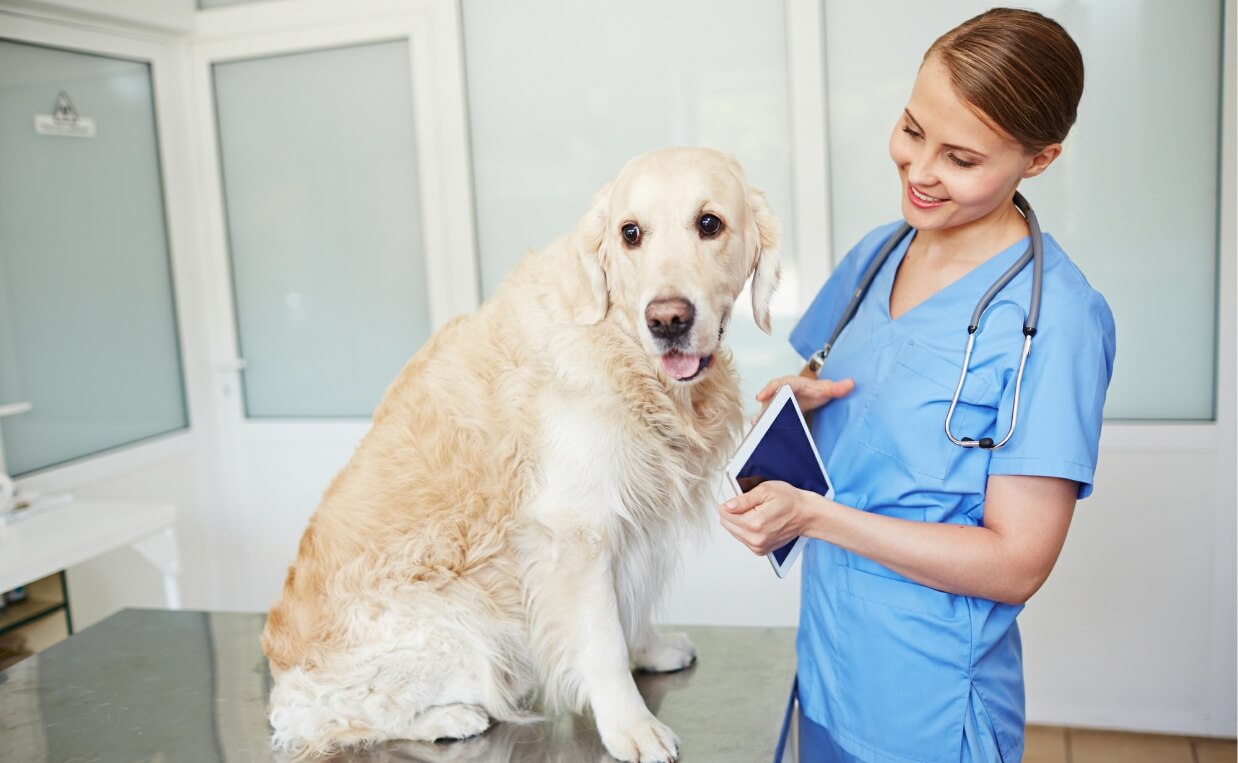
Cushing’s disease, also known as hyperadrenocorticism, is a condition that affects dogs by causing an overproduction of cortisol, a stress hormone, in their bodies. This chronic disorder can lead to various symptoms and health issues, but with proper care and management, you can provide a comfortable and fulfilling life for your furry family member.
In this article, we will delve into the key aspects of caring for a dog with Cushing’s disease, including diagnosis, treatment options, diet and nutrition, exercise, and monitoring your dog’s overall well-being.
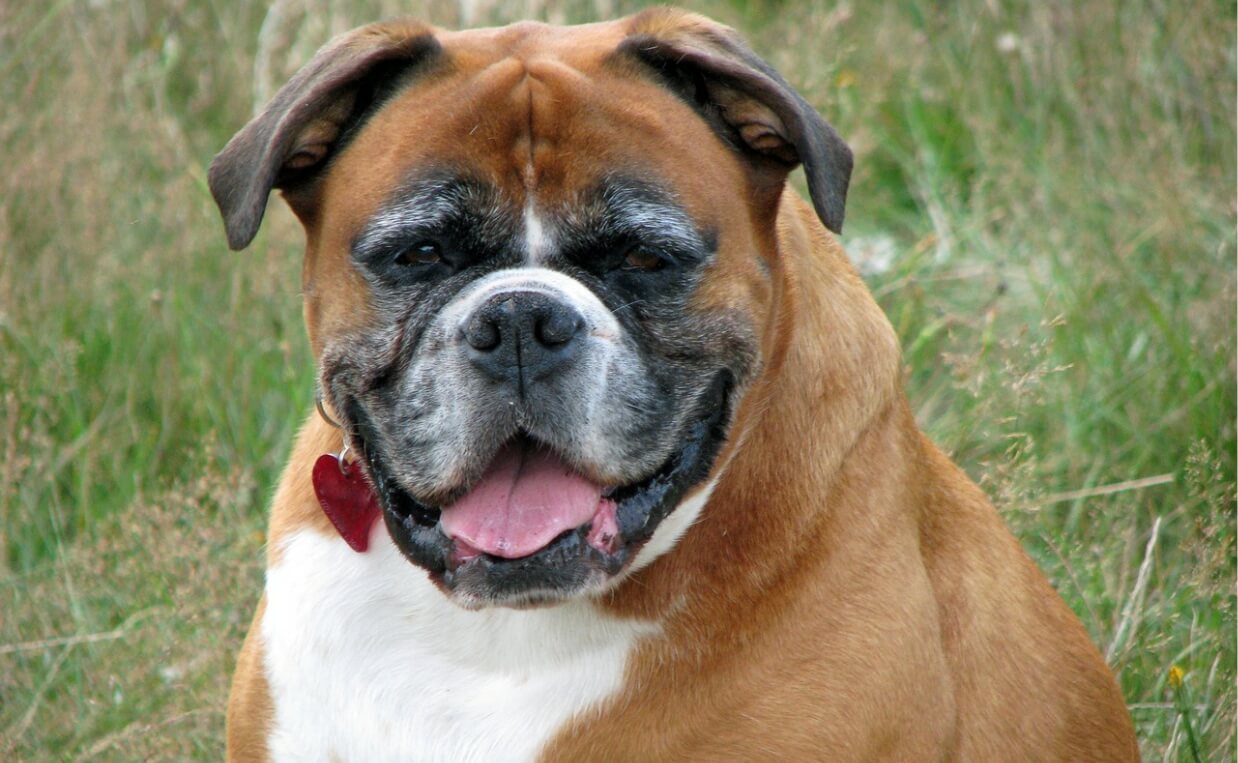
-
Symptoms of Canine Cushing’s Disease
Cushing’s disease typically occurs in middle-aged to older dogs. The disease develops slowly and the early signs are not always recognized. Symptoms of canine Cushing’s disease include:
- Increase thirst
- Increased urination
- Increased appetite
- Reduced activity
- Excessive panting
- Thin or fragile skin
- Hair loss
- Recurrent skin infections
- Enlargement of the abdomen, resulting in a “pot-bellied” appearance
-
Diagnosis of Cushing’s Disease
If you suspect your dog may have Cushing’s disease, it is crucial to consult a veterinarian for a proper diagnosis. The vet will perform various tests, including blood work, urine analysis, and possibly an adrenal function test, to confirm the presence of the disease. Once diagnosed, you can begin implementing the necessary care and treatment strategies.
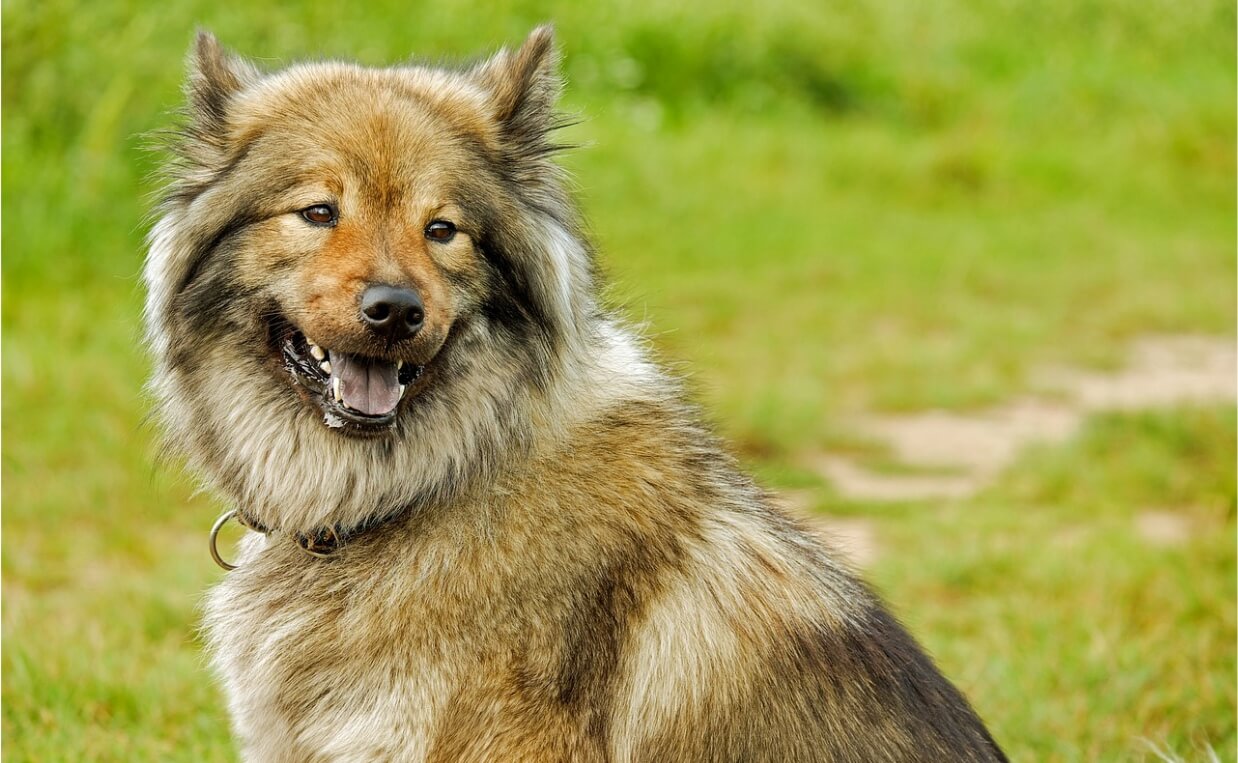
-
Treatment Options for Cushing’s Disease
There are several treatment approaches available for managing Cushing’s disease in dogs. Your veterinarian will determine the most suitable course of action based on your dog’s condition. Treatment options may include:
-
Medications
The most common treatment involves administering medication to regulate cortisol production. The two primary medications used are trilostane and mitotane. It’s important to strictly follow your vet’s instructions regarding medication dosage and administration
-
Surgery
In some cases, surgical intervention may be recommended, especially if there is a tumor in the adrenal or pituitary glands. Surgery can help alleviate the symptoms and provide long-term relief.
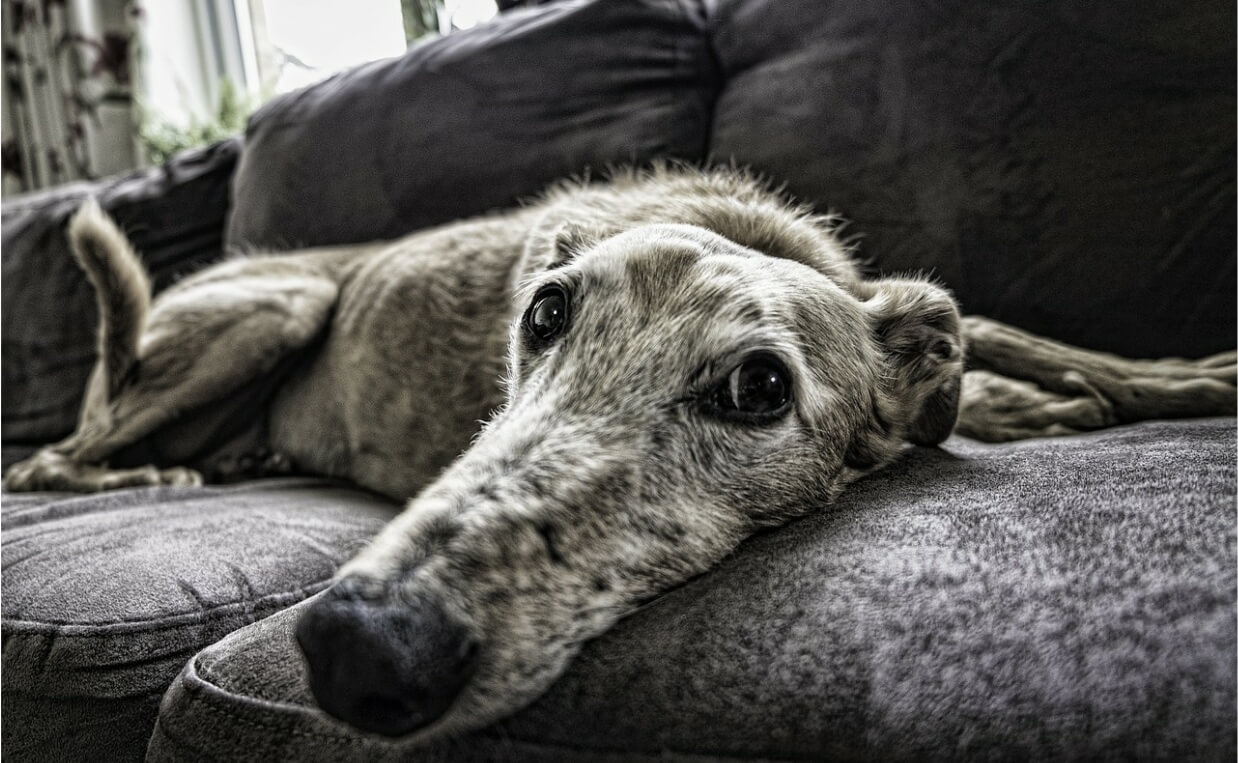
-
Radiation Therapy
This treatment option may be considered for dogs with adrenal tumors that are not surgically removable. Radiation therapy helps to reduce the size of the tumor and manage the symptoms.
-
Diet and Nutrition
A well-balanced diet plays a crucial role in managing Cushing’s disease in dogs. Here are some dietary considerations to keep in mind:
-
Low-Fat Diet
Dogs with Cushing’s disease may be prone to weight gain and fat redistribution. Opt for a low-fat diet that is rich in lean proteins, complex carbohydrates, and essential nutrients. Consult your vet for specific dietary recommendations.
-
Limited Sodium Intake
Excess sodium can exacerbate the symptoms of Cushing’s disease. Choose dog food with low sodium content and avoid giving your dog salty treats.

-
Proper Hydration
Encourage your dog to drink an adequate amount of water to support overall health and help flush out toxins.
-
Exercise
Regular exercise is essential for dogs with Cushing’s disease. It helps maintain muscle tone, supports weight management, and promotes overall well-being. However, it’s important to tailor the exercise routine to your dog’s energy levels and physical capabilities. Engage in activities that your dog enjoys and are suitable for their condition, such as gentle walks or swimming.
-
Monitoring and Vet Check-ups
Cushing’s disease requires ongoing monitoring and regular check-ups with your veterinarian. These visits will help assess your dog’s progress, adjust medication dosages if necessary, and address any emerging concerns or complications. Your vet may recommend blood tests and imaging scans periodically to monitor cortisol levels and the overall health of your dog.
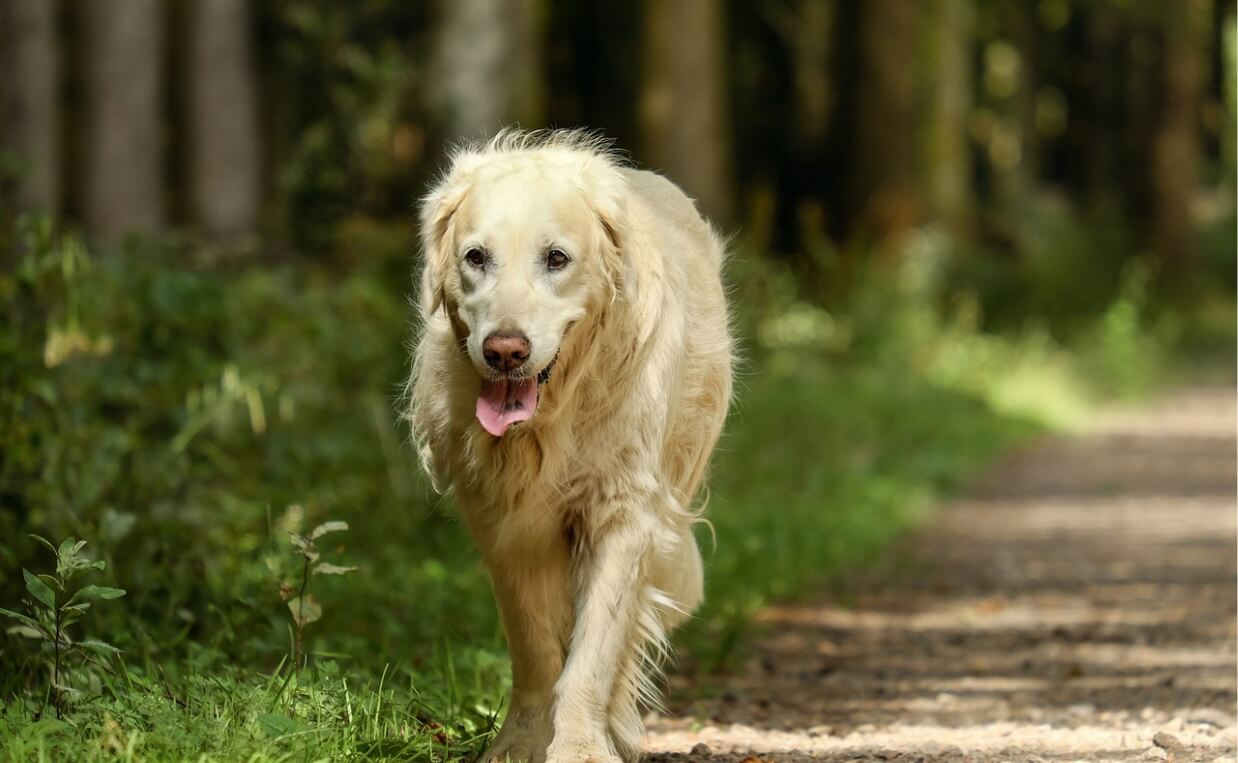
-
Quality of Life
While managing Cushing’s disease can be challenging, there are several ways to enhance your dog’s quality of life:
-
Provide Comfort
Create a comfortable living environment for your dog, ensuring they have a cozy bed, a calm space, and access to fresh water at all times.
-
Stress Management
Minimize stressful situations, as stress can exacerbate symptoms. Maintain a consistent routine and create a peaceful atmosphere at home.
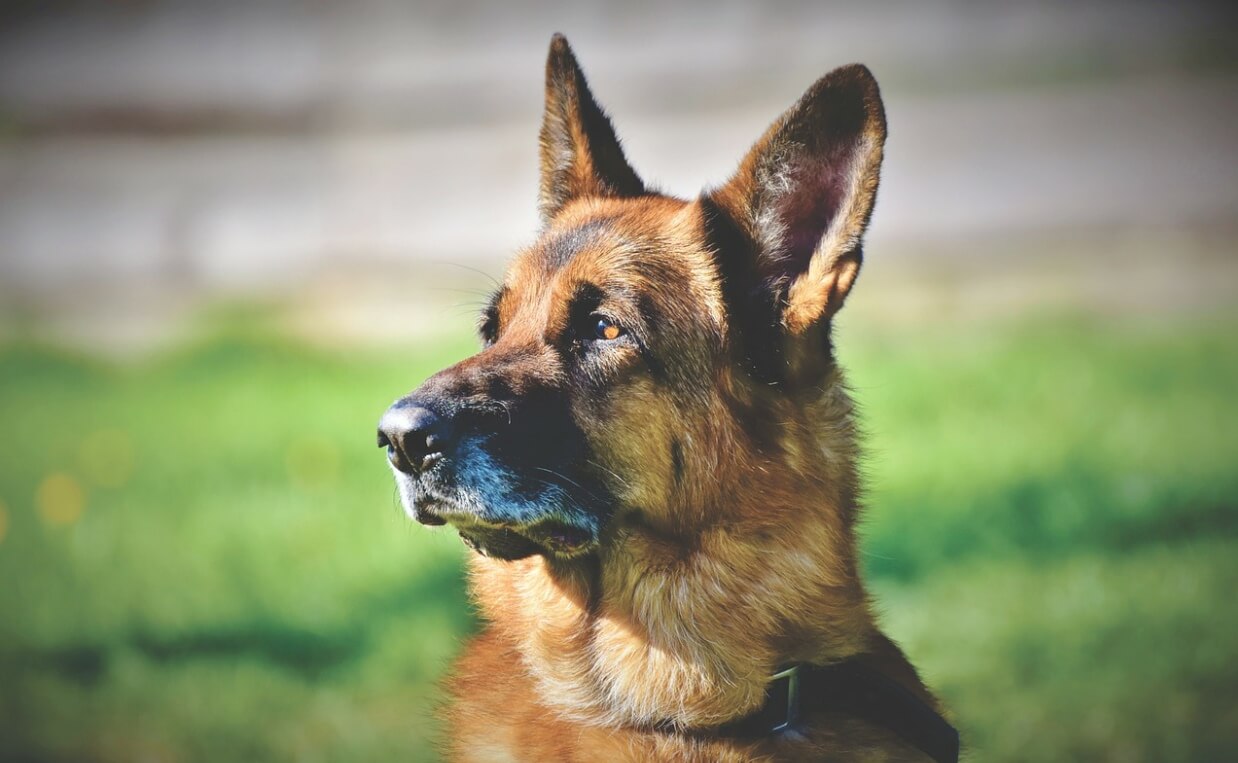
-
Mental Stimulation
Engage your dog in mentally stimulating activities like puzzle toys or obedience training to keep their mind active and enriched.
Caring for a dog with Cushing’s disease requires dedication, patience, and a collaborative approach with your veterinarian. By following the right treatment plan, providing a balanced diet, regular exercise, and close monitoring, you can help your beloved furry companion lead a fulfilling life despite the challenges of this condition. Remember to seek professional guidance, stay vigilant, and shower your dog with love and care every step of the way.
Do you have a dog with a diagnosis of Cushing’s disease? What treatments have worked well for your dog? Share your experience in the comments below…

 How to Care for a Dog with Hearing Loss
How to Care for a Dog with Hearing Loss 10 Ways to Keep Your Dog Safe During the Fourth of July
10 Ways to Keep Your Dog Safe During the Fourth of July Help Your Dog Fight Seasonal Allergies
Help Your Dog Fight Seasonal Allergies 10 Questions Your Veterinarian Wishes You Would Ask About Your Dog
10 Questions Your Veterinarian Wishes You Would Ask About Your Dog Is Your Dog Too Old to Walk? Here’s How to Tell and What to Do
Is Your Dog Too Old to Walk? Here’s How to Tell and What to Do






My little guy has been fighting this disease for a few years now.. he is 13 almost 14. He has been on medication since I found out. He seems to be doing okay. His biggest problem is he wants to eat consistently. . He does have a lot of panting and breathing issues. But he’s still playing and he’s a love bug. He knows what time it is to eat and won’t give up until he gets fed
I’m glad he’s doing okay. It sounds like you are doing a great job of managing his condition and loving him! Thanks for sharing your experience here on the Canine Campus blog!
My 9 yr old Shepski is in end stages of Cushings. He had a past blood disorder from over-vaccinations and an inoperable tumor which had him treated with large amounts of steroids. He has started losing critical muscle, has severe stomach bloat and shows signs of discomfort. It is a horrible disease and so unfair when they already have such a short life. Thank you for the information that helped us treat him the last few months.
I live in uk and have a labradoodle with cushings diagnosed dec 2023
He’s ok but sleeps a lot and v needy
I take him for a walk x3 but only short walks
He’s nearly 12 and I love him to bits and am distraught with worry about him
Polly
Polly,
Thank you for sharing about your Labradoodle. I hope our article on Cushing’s Disease was helpful to you in some way. I’m sure your dog knows how much you love him and that’s the most important thing. Thanks for stopping by the Canine Campus blog. Please keep us informed on how your pooch is doing.
I have a 12 year old chihuahua terrier mix. I realized she has cushings about 6 months ago. I only want her to be comfortable and happy. She can’t take long walks anymore, which is hard on her brother, who alotjough the same age still likes to get out. She just wants to stick with me. I do what I can to keep her comfortable but she is losing strength in her legs and really slowing down. I give her trilostane daily, which helps, but it is so hard to see her struggling every day. My poor pup. I love her so
I also have a 14 y/o Maltese (Paisley) with Cushing’s. Diagnosed over a year ago. Shortly after rabies vax in 2021. It wasn’t until she got the rabies vaccine in 2018 that she started having issues…she almost died THEN bc of terrible reactions to that vax (vet confirmed). Huge tumor-like areas suddenly appeared all over her. Her brother (Piper) from same litter, suddenly died not long after that 2018 rabies vax from Congestive Heart Failure that showed up and progressed rapidly after that vax. Now my sweet Paisley is in late stages of Cushing’s and refuses to eat which means I can’t get meds in her unless I make her which caused her more stress. PLEASE do research on vaxes bc vets will promote them.
I’m so sorry to hear of Paisley’s ailment. I’m sure you’re doing a great job caring for Paisley. Thank you for sharing your story here with us and the Canine Campus community.